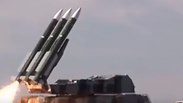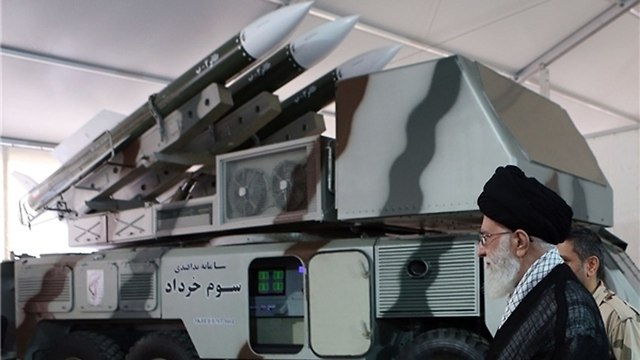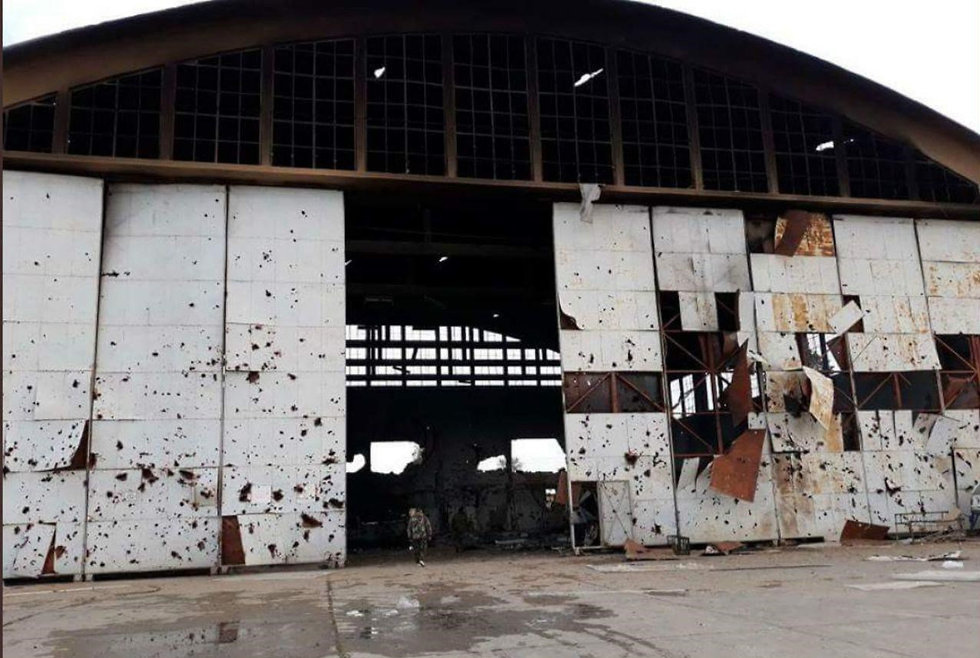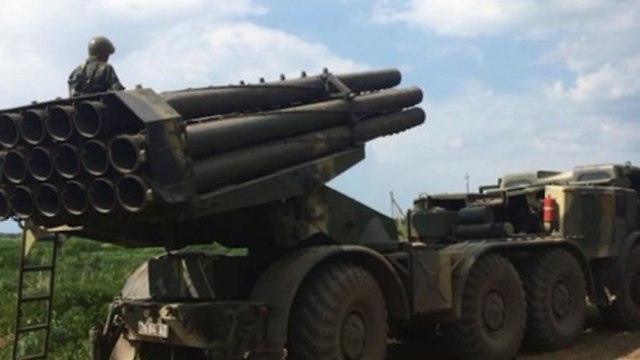
The 3rd Khordad system
The real target of the T-4 attack: the 3rd Khordad system
Analysis: The Iranian aerial defense system created to mimic the Russian S-300 was destroyed before even being unpacked, and the Iranian officers killed in the T-4 Airbase strike were merely collateral damage; Quds Force's commander Qasem Soleimani sought to avenge the 3rd Khordad system's destruction by firing at Israeli bases near the border, prompting the large-scale Israeli retaliatory attack earlier this week.
A little over a month ago, on April 9, Israel bombed the T-4 Airbase in Syria. seven Iranians were killed in the attack, including a senior officer, but now it appears they were never the target.
The target of the strike was, in fact, the "3rd Khordad" (Khordad is the third month of the Iranian calendar—ed) aerial defense system, an Iranian stand-in for the S-300 system Russia stalled on providing the Islamic republic.
The 3d Khordad is one of four variants of the Raad aerial defense system, equipped with Taer-2B missiles and a phased array radar.
Once the system was unloaded off of an Iranian transport plane on the Syrian T-4 base, it was destroyed before even being unpacked.
The 3rd Khordad system, developed and manufactured by the Islamic Revolutionary Guard Corps (IRGC)'s military industries, was seemingly a copy of the aforementioned Russian S-300—a system capable of intercepting not only planes but also missiles, rockets, cruise missiles and drones deep within Israeli territory.
Israel could not independently verify the new system's efficacy, but Iran's own publications spoke volumes. It was first publicized in 2014 by Supreme Leader Ayatollah Ali Khamenei.
Iranians believed it was a tie-breaking system. Another matter attesting to its importance was the fact that senior IRGC officials stood by as it was being unpacked. Its destruction, and the subsequent deaths of Iranian officers, most likely led commander of the IRGC's elite Quds Force unit Qasem Soleimani to the decision to exact vengeance on Israel.
The aerial defense system seems to have been brought to the region by the Iranians after a different failure of theirs—the Israeli interception of an explosive drone in early February.
The drone was sent out, in fact, as an operational test for a device created using reverse engineering—imitating an American stealth drone that was downed in Iranian territory.
After that interception, Israel destroyed the control trailer in the T-4 base from which the drone was launched. This, in turn, made the Iranians realize their dire need of an aerial defense system of their own to protect them from both the aircraft and missiles Israel was using to bombard their Syria installations.
Israel thus decided to take the 3rd Khordad system off the table before the Iranians ever had a chance of testing it, just as they failed in their stealth drone test earlier this year.
According to an Iranian publication from 2014, the system was developed over the course of 18 months and could track any aerial target at a range of up to 50 kilometers.
It could also monitor and intercept fighter jets, they claimed, as well as bombers and cruise missiles at an altitude of up to 25 kilometers. IRGC said the system was comparable to the Russian S-300, and added its effective range will be increased to 100km and then to 200km.
It was not the only weapons system destroyed recently, however, going back to before Iran's shooting at the Israeli border and Israel's harsh response.
The Uragan system—a launch vessels bearing 16 especially massive Katyusha missiles with a 220 millimeter diameter—was targeted Monday night. That system had a range of 40km with a warhead of 70 to 100 kilograms.
A similar system was destroyed in Syria's Al-Kiswah the following night, along with its launcher and missiles. That particular system was the one Soleimani planned to use to avenge the destruction of the Khordad system's destruction, making the Israeli strike preemptory.
Another launch vehicle was destroyed Wednesday evening, but only after firing either a Fajr of Grad rocket at IDF bases near the border.















